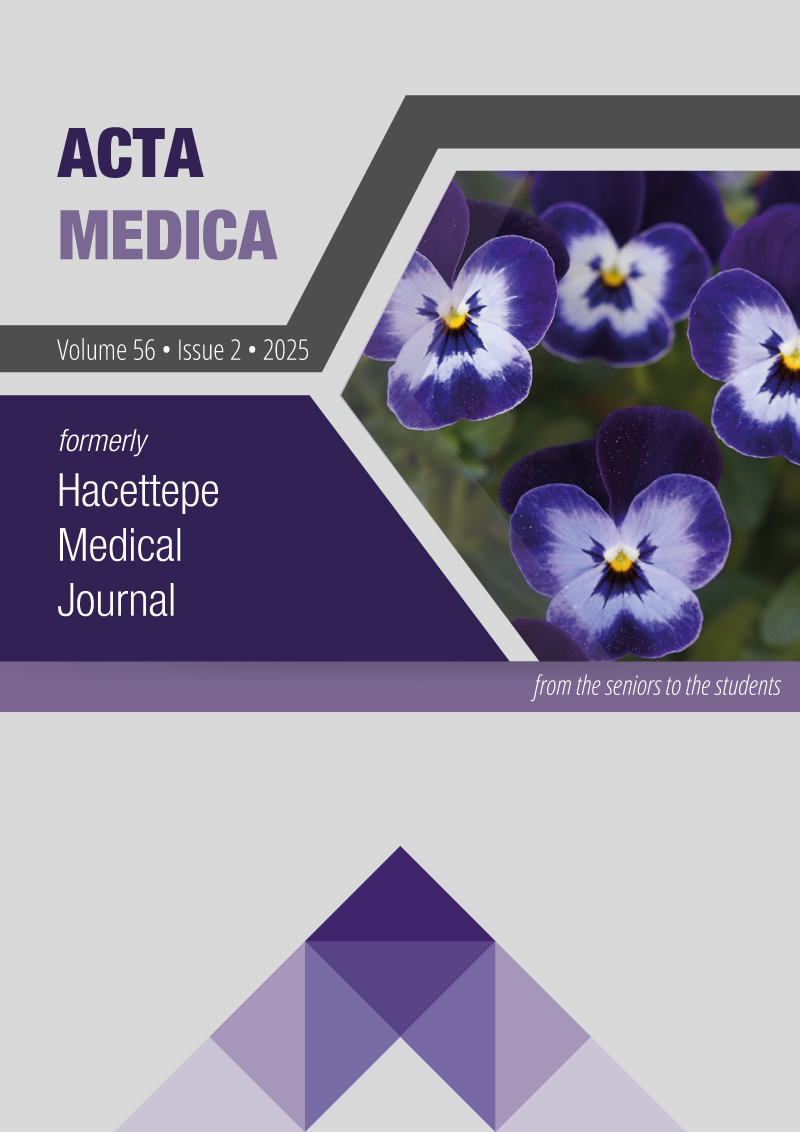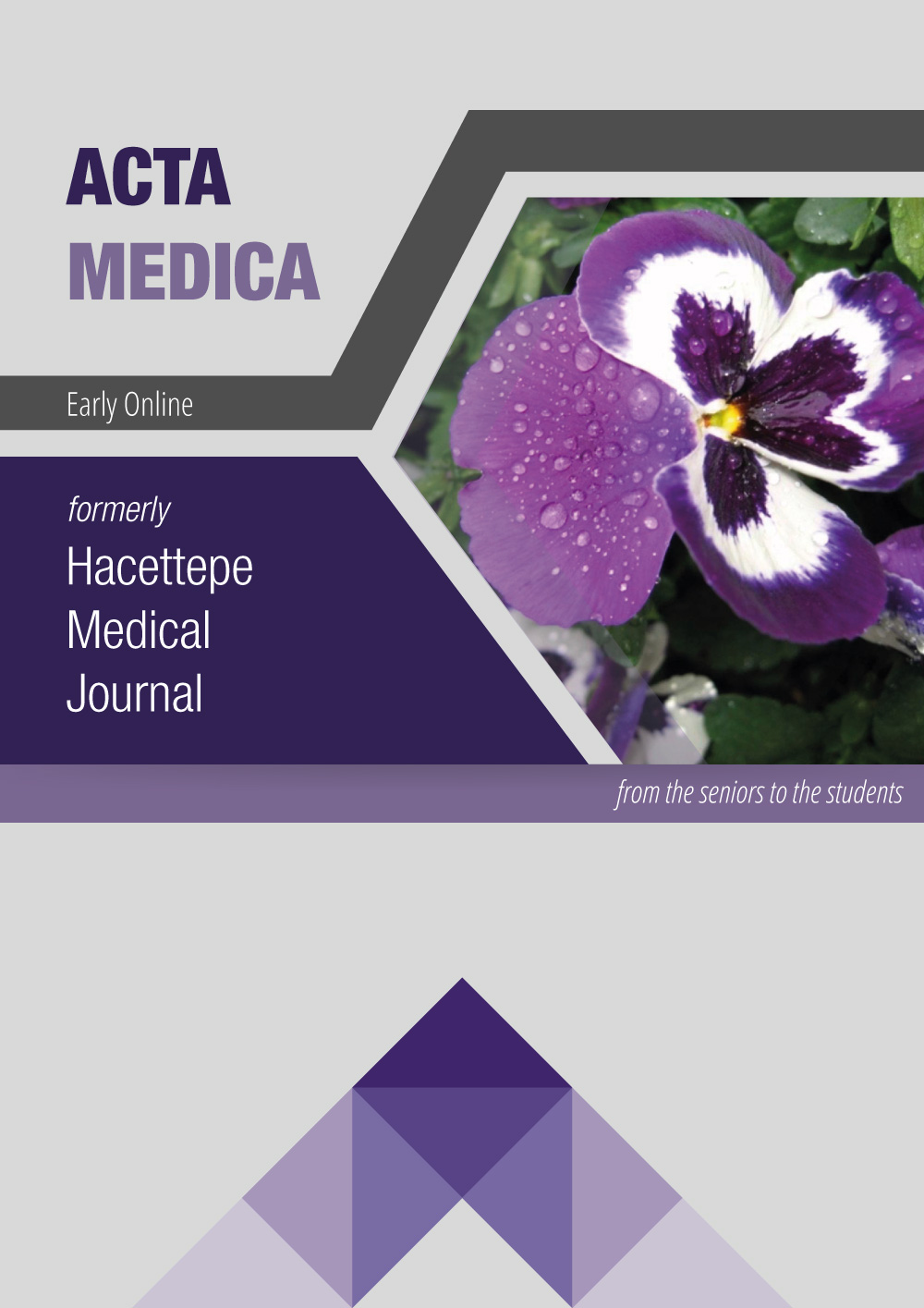Comparison of two main fragmentation methods of amyloid beta fibrils for establishing an Alzheimer disease model in cell culture
DOI:
https://doi.org/10.32552/2025.ActaMedica.1111Keywords:
Amyloid beta, Alzheimer disease, sonication method, fragmentation, SH-SY5YAbstract
Aim: Amyloid beta fibrils have been shown to play a role in plaque formation and aggregation in Alzheimer’s disease. Obtaining these fibrils using two main methods and applying them to Alzheimer’s modelling is crucial in understanding the pathology of the disease at the molecular level and identify in therapeutic targets. The aim of our study is to determine the optimum sonication parameters using probe and ultrasonic bath sonication laboratory methods and to demonstrate Alzheimer’s disease modelling at the cellular level.
Methods: Lyophilized human peptide amyloid beta1-42 fibrils (fAβ1-42) were subjected to probe sonication for 1 minute with 1, 3 and 5 second on/off pulse applications at varying ambient temperatures (room temperature, ice and ice surrounded by dry ice [ISDI]) for 20, 40 and 60 cycles, respectively. Then, ultrasonic bath sonication was performed in 10 °C water for 1 hour. The length of the fragmented fibrils was quantified by transmission electron microscopy (TEM). fAβ1-42 at different concentrations was applied to SH-SY5Y cell line. The non-toxic dose and time of fAβ1-42 application were analysed using the WST-1 assay. Intracellular and extracellular fibrils were visualized with immunofluorescence (IF) labelling.
Results: Although, fragmentation was observed under all conditions, it was observed that fibrillar lengths decreased as the on/off pulse times increased, regardless of the number of cycles with ice and dry ice. Additionally, decreasing the temperature increased fibrillar fragmentation.
Conclusion: We anticipate that our study will contribute to the literature by developing an effective and economical sonication method for fibrillar fragmentation with two main laboratory methods and obtaining fAβ1-42 that can be used in cells at optimum concentration.
Downloads
Downloads
Published
How to Cite
Issue
Section
License
Copyright (c) 2025 Acta Medica

This work is licensed under a Creative Commons Attribution-NonCommercial-NoDerivatives 4.0 International License.


